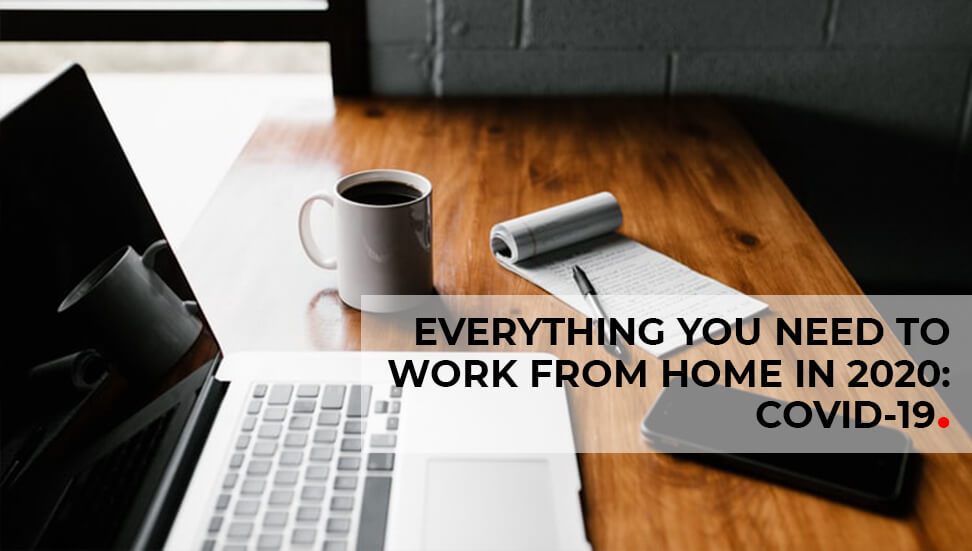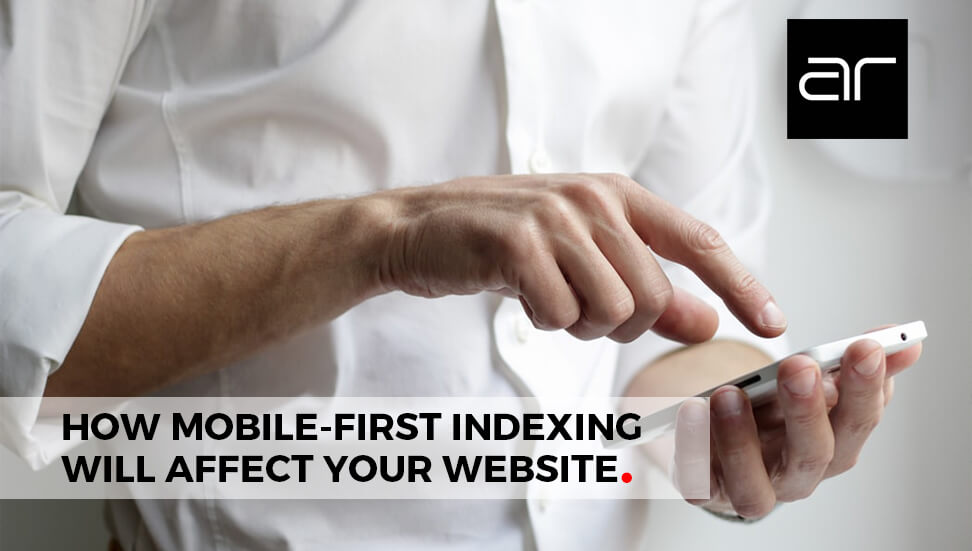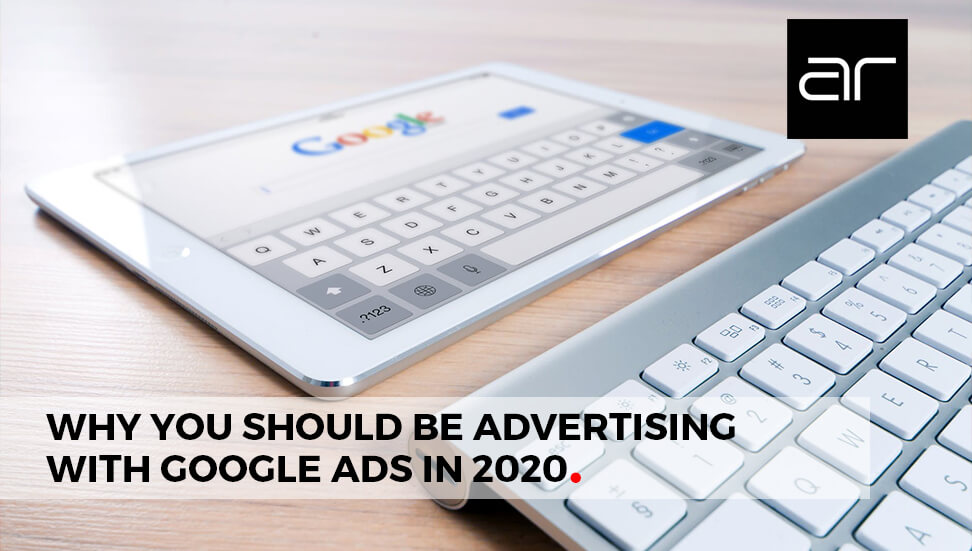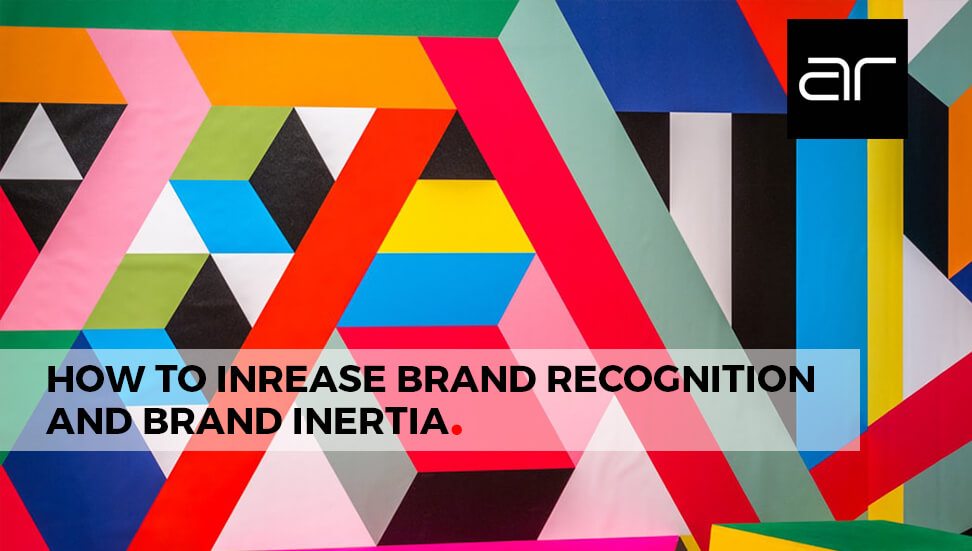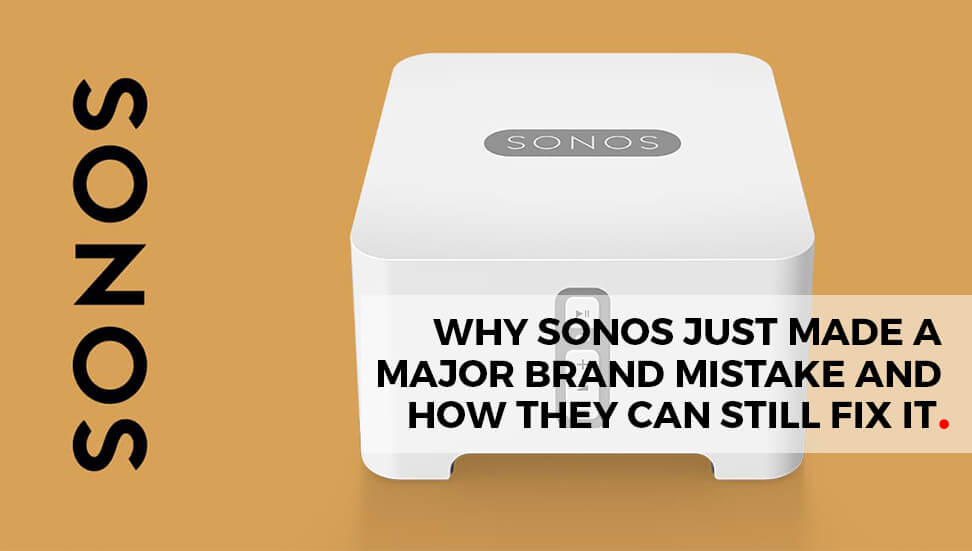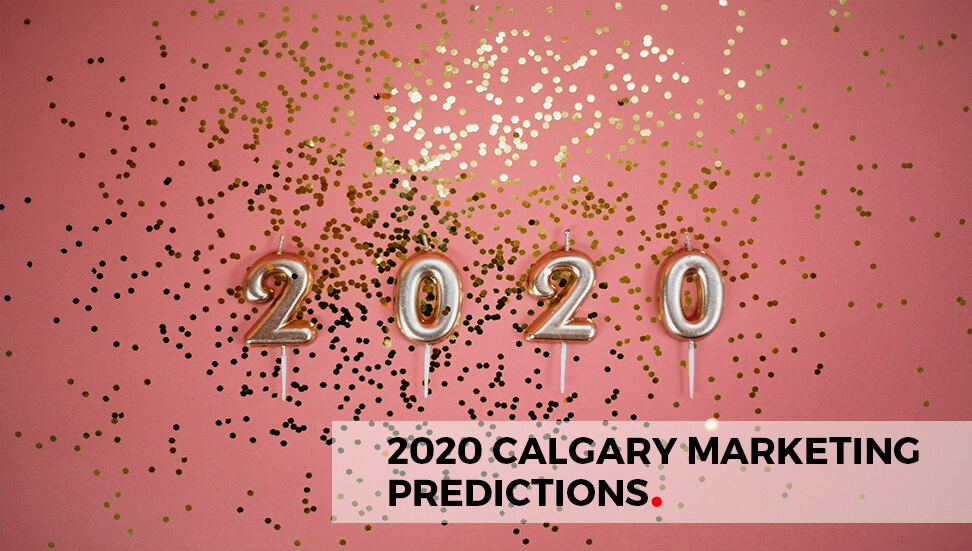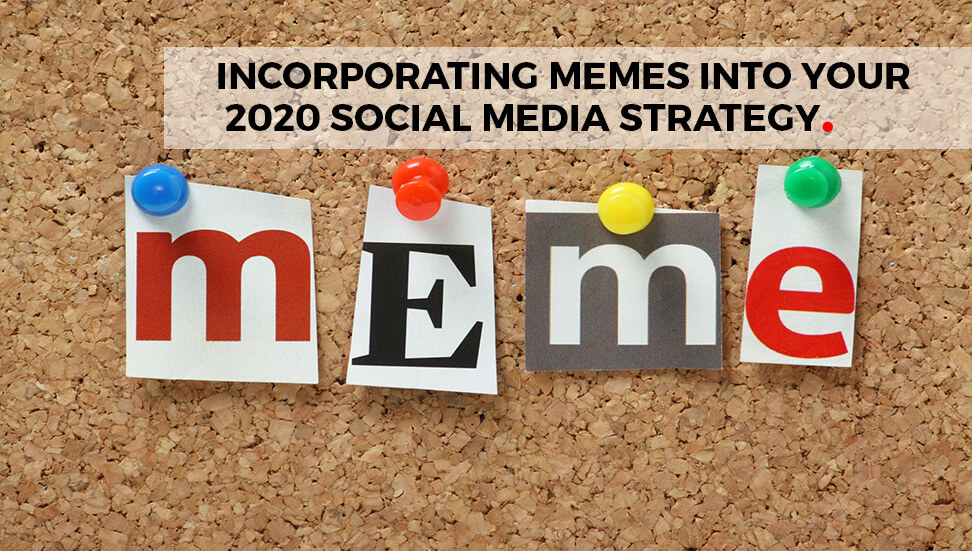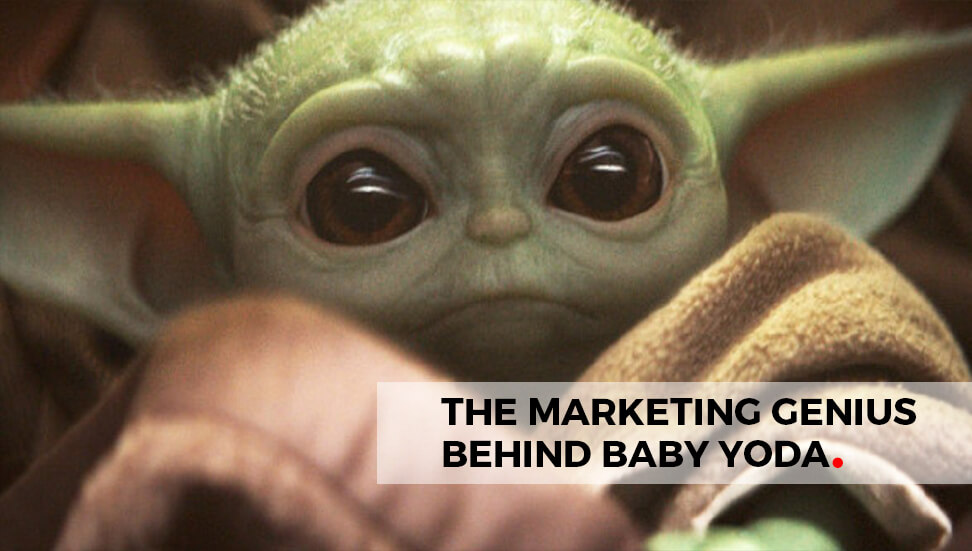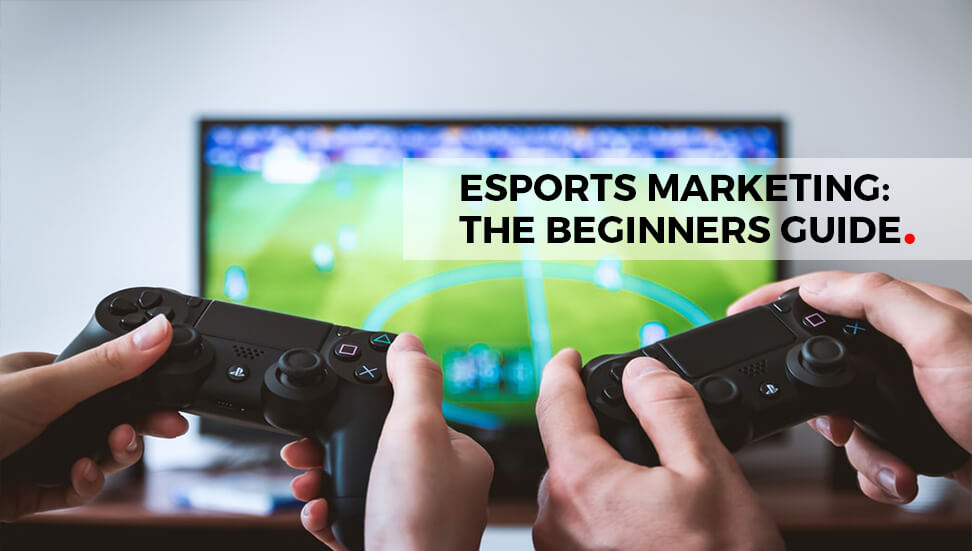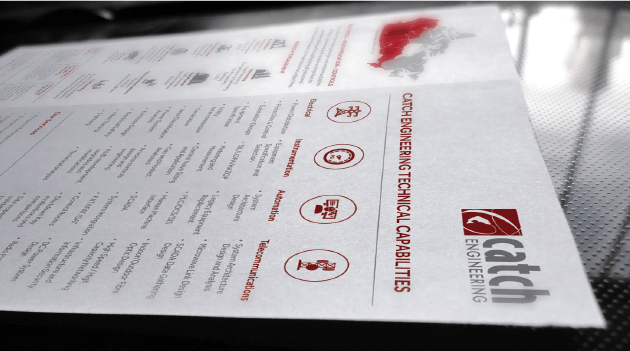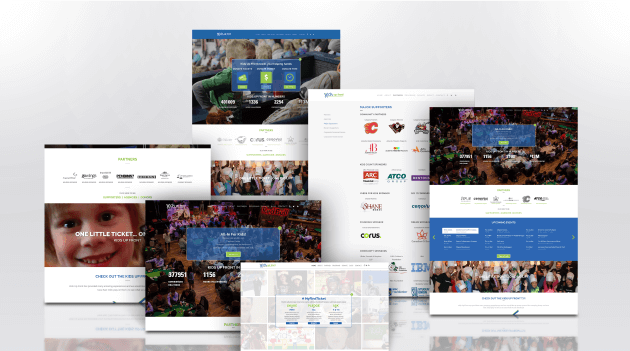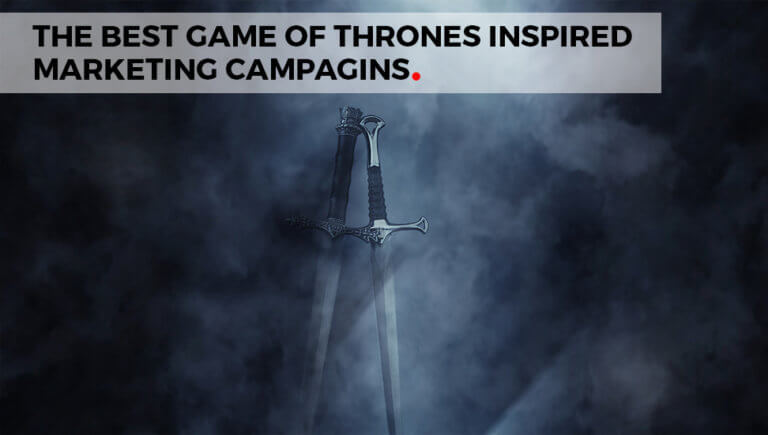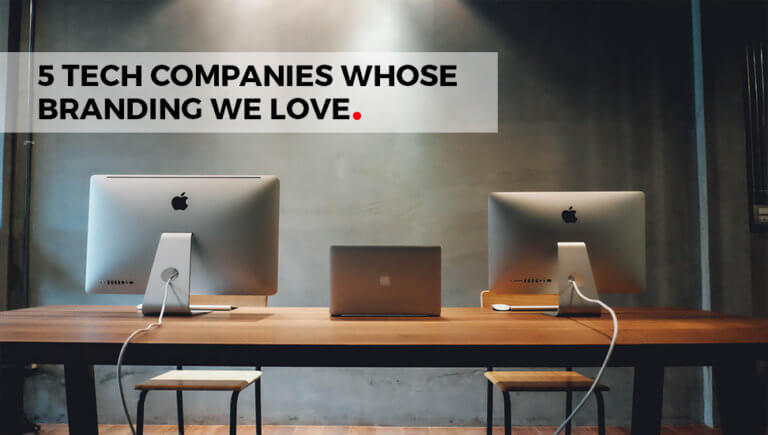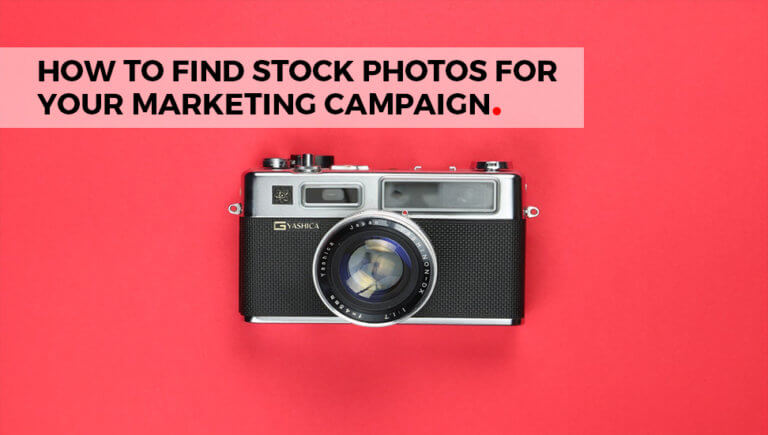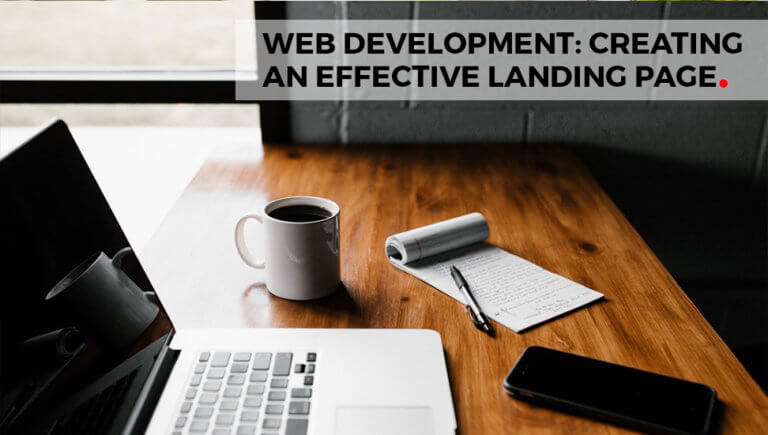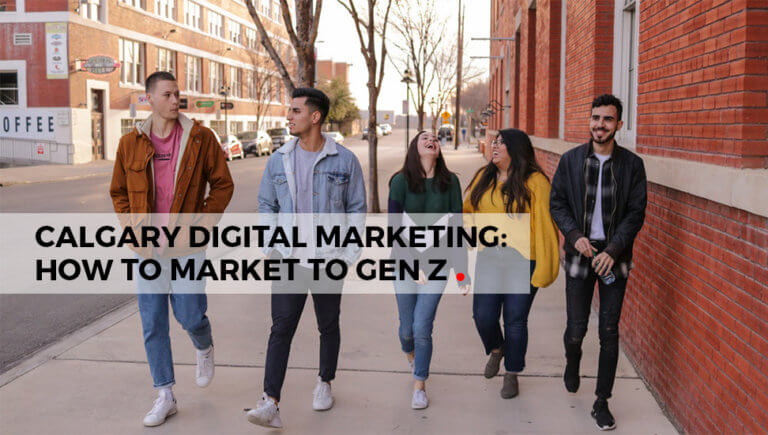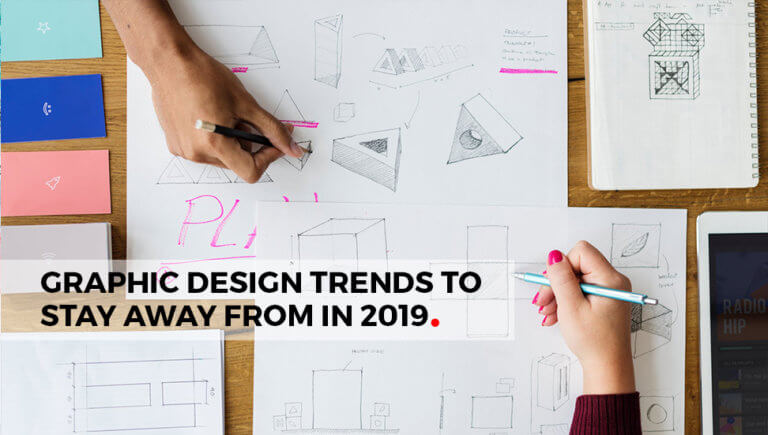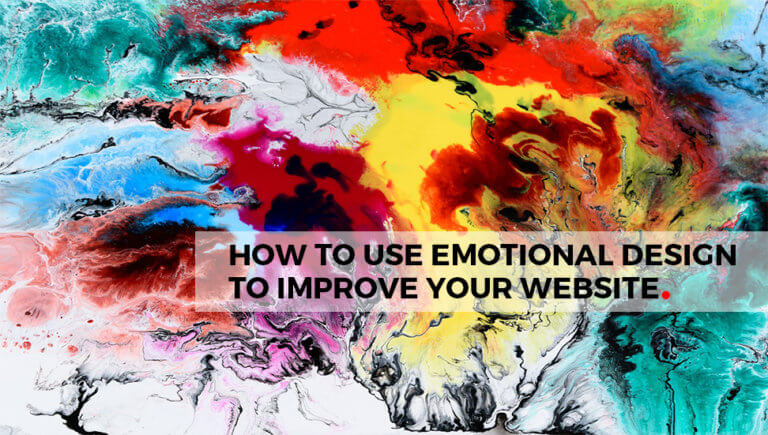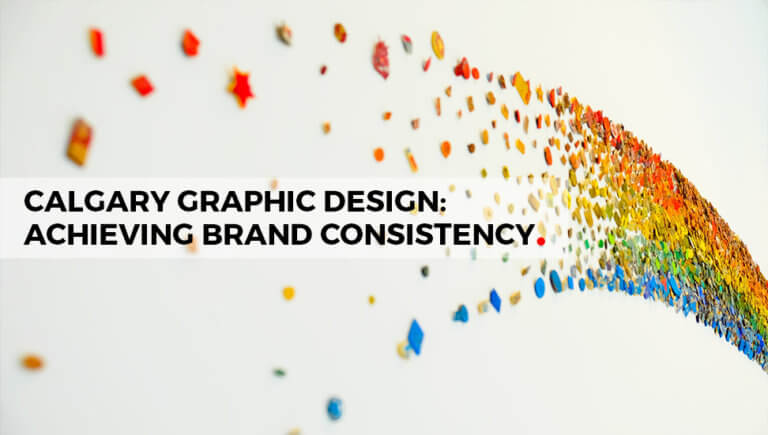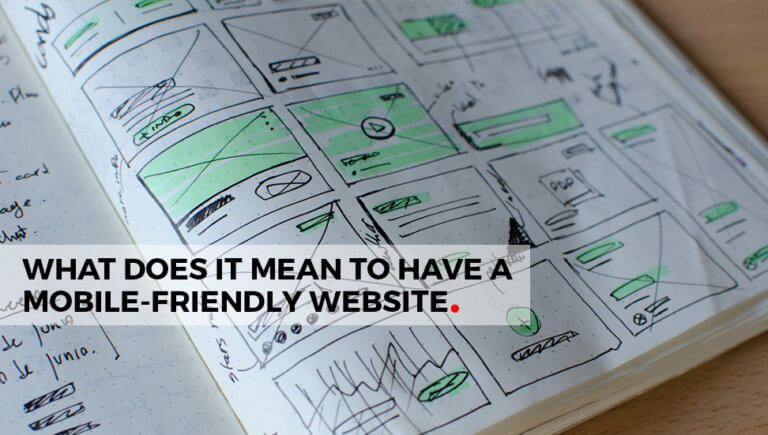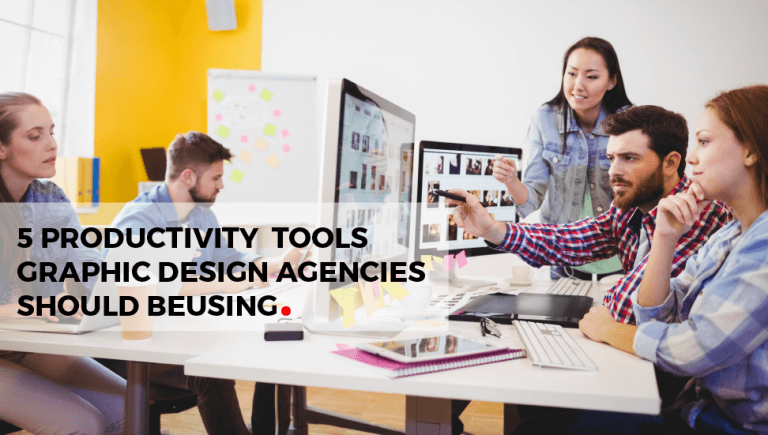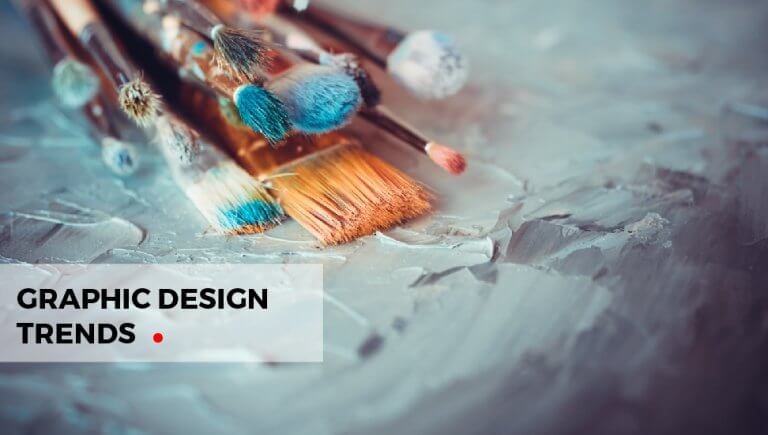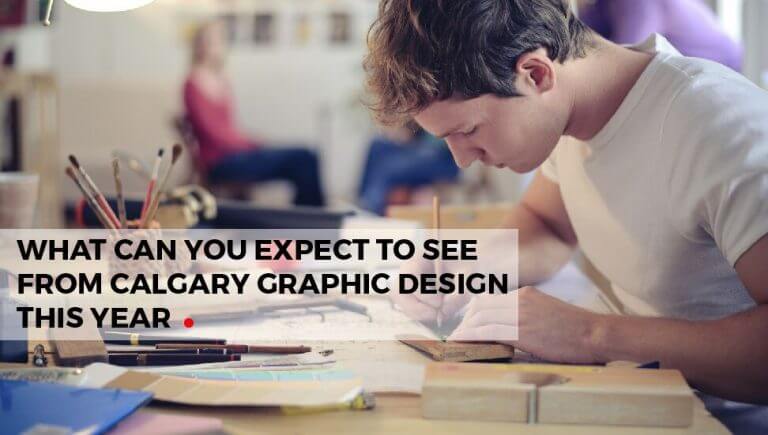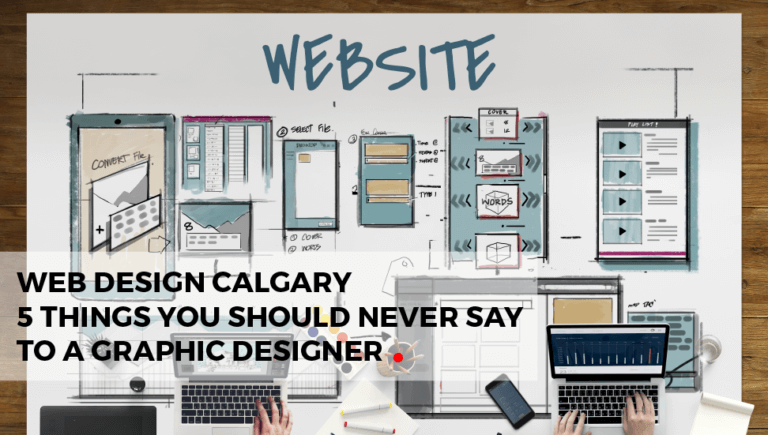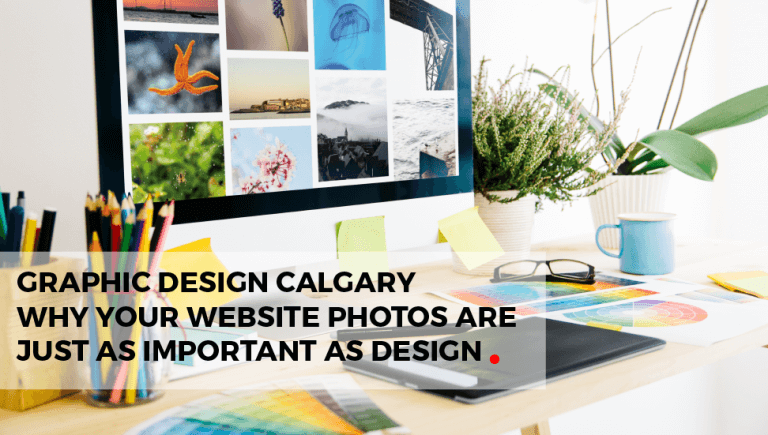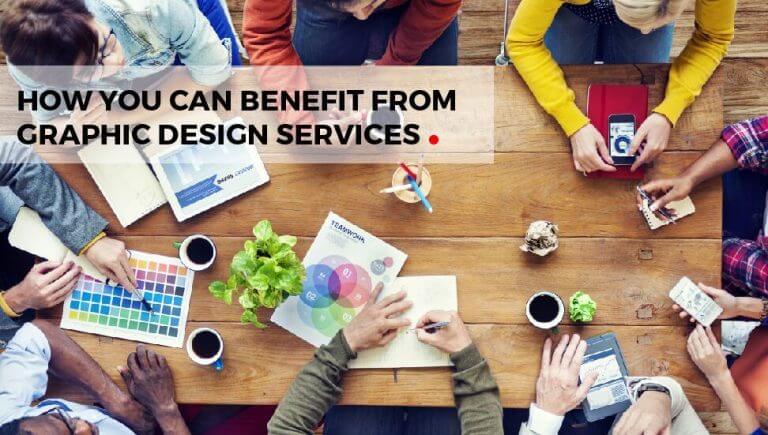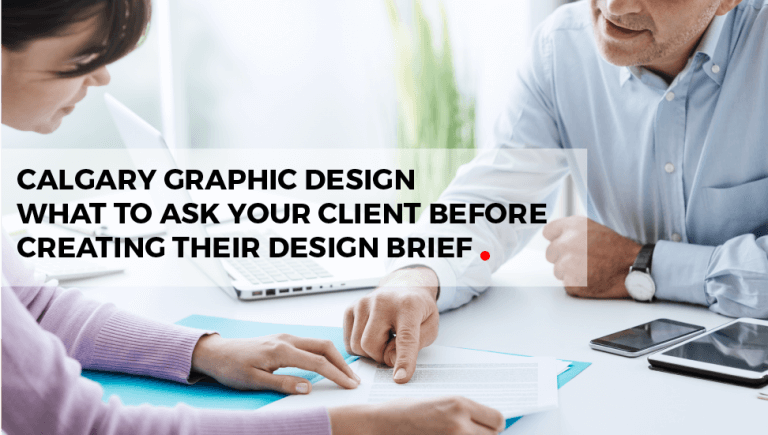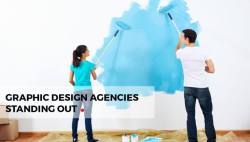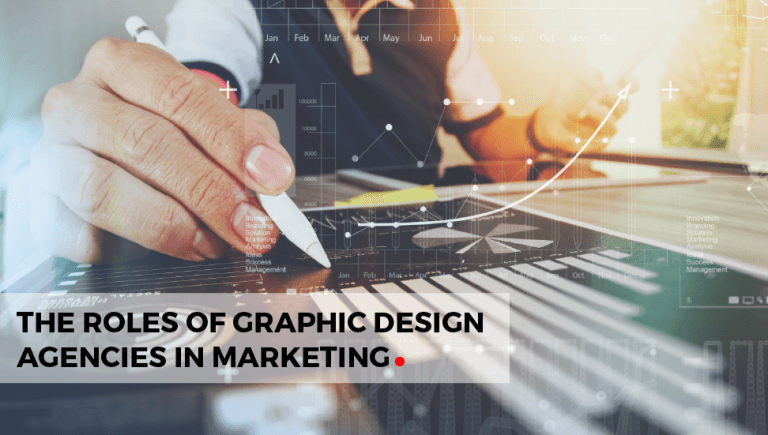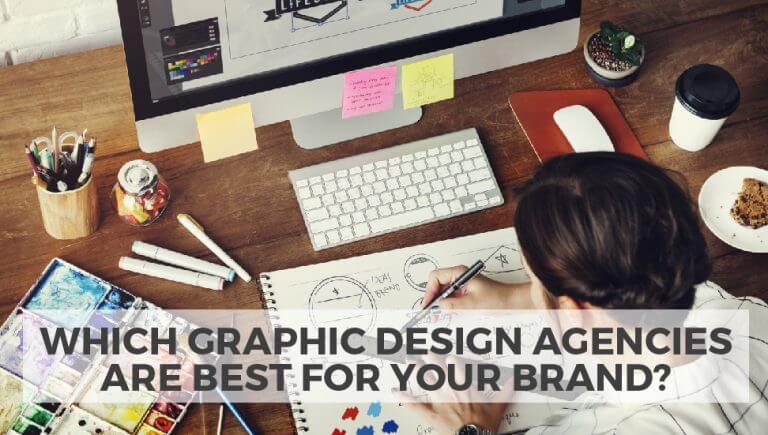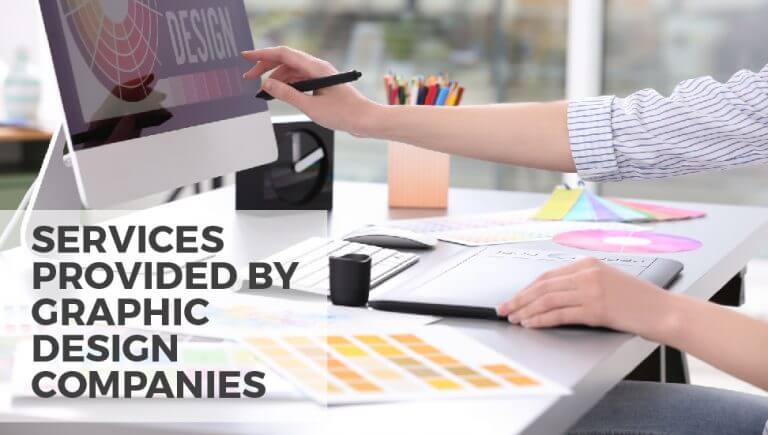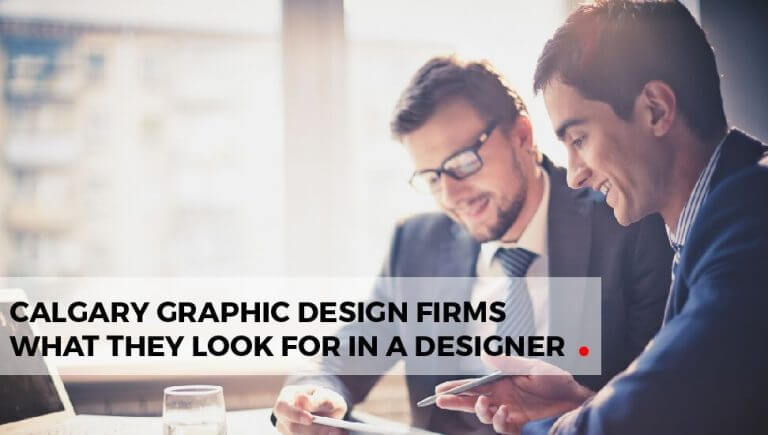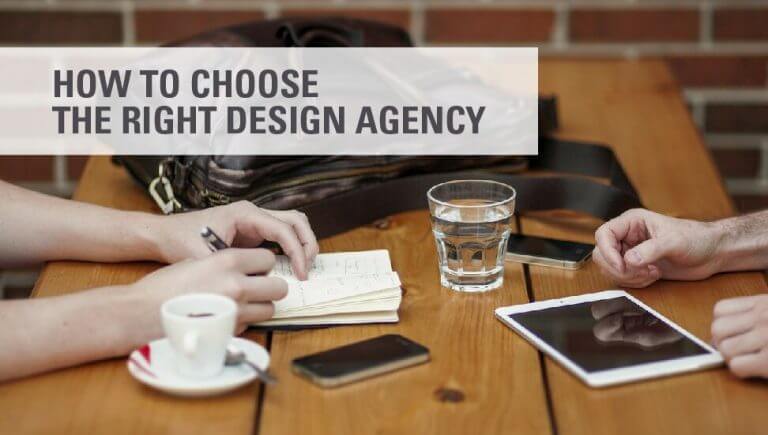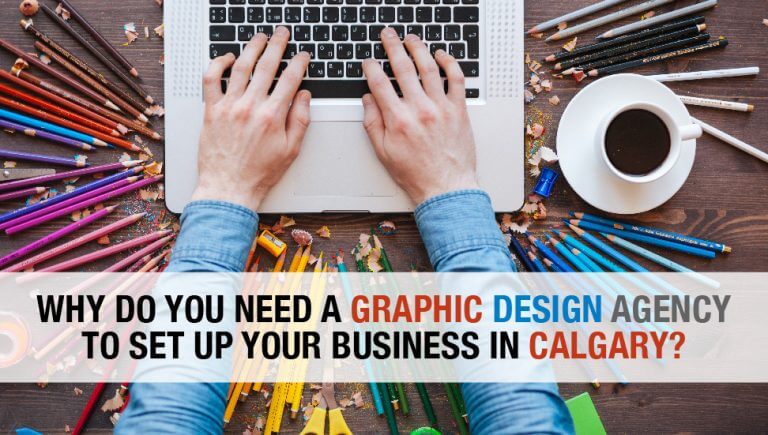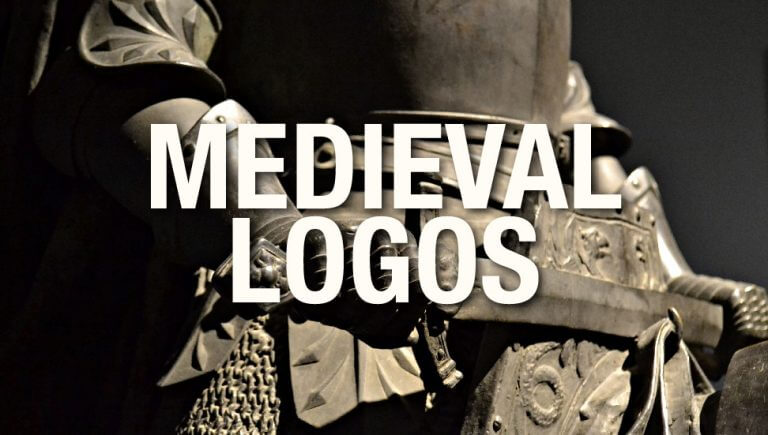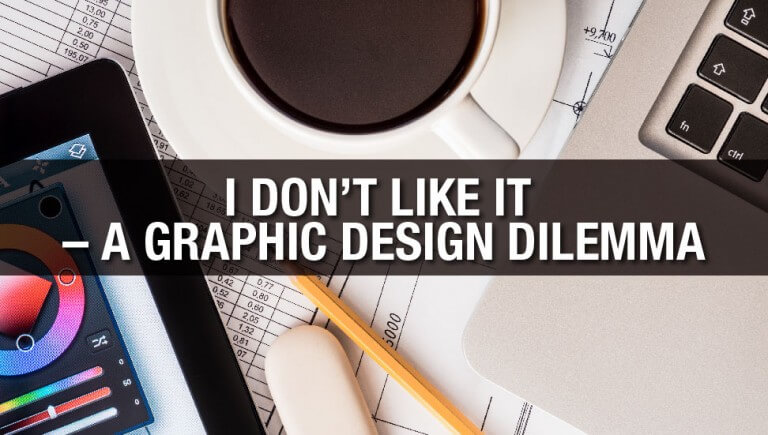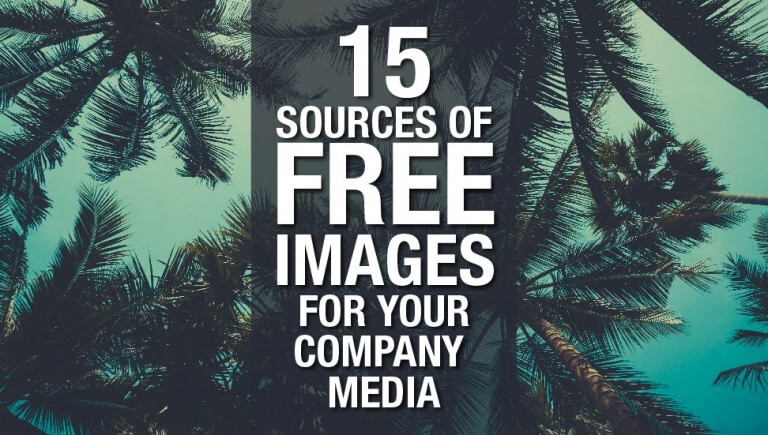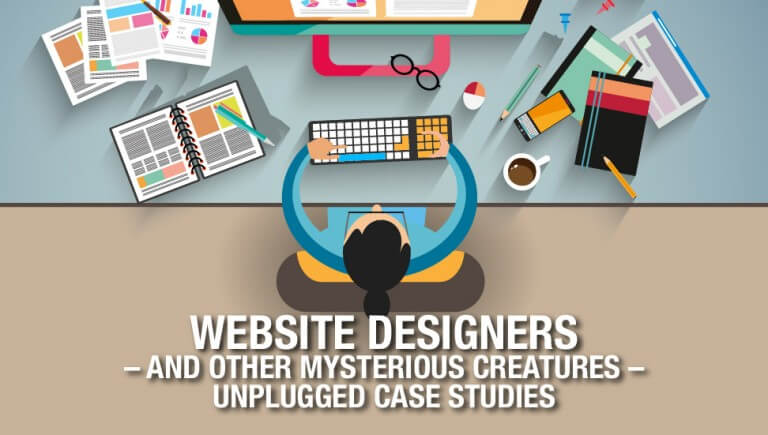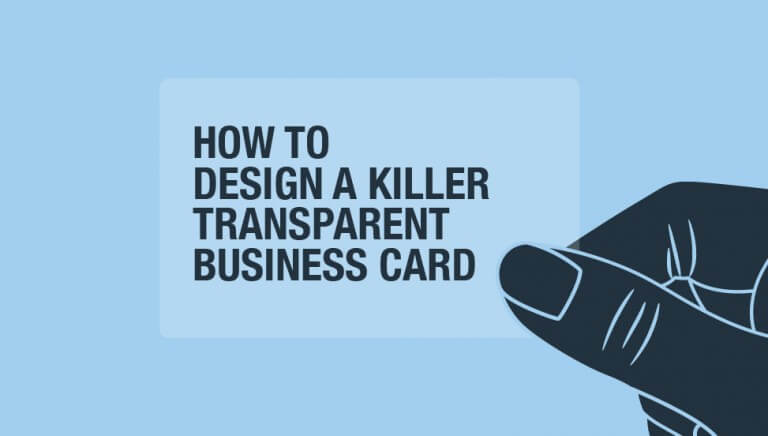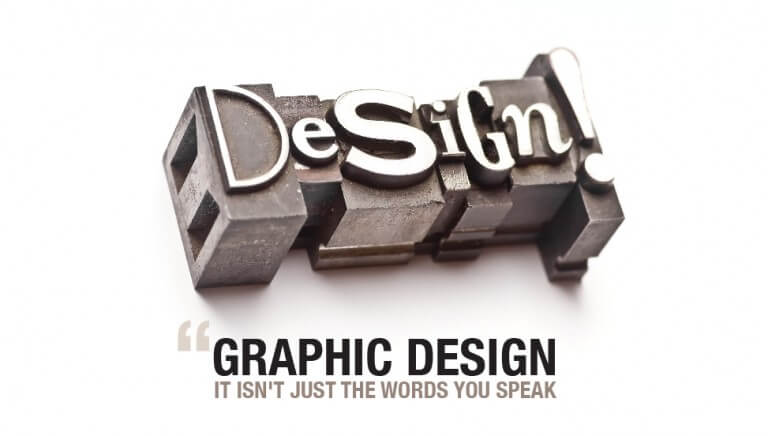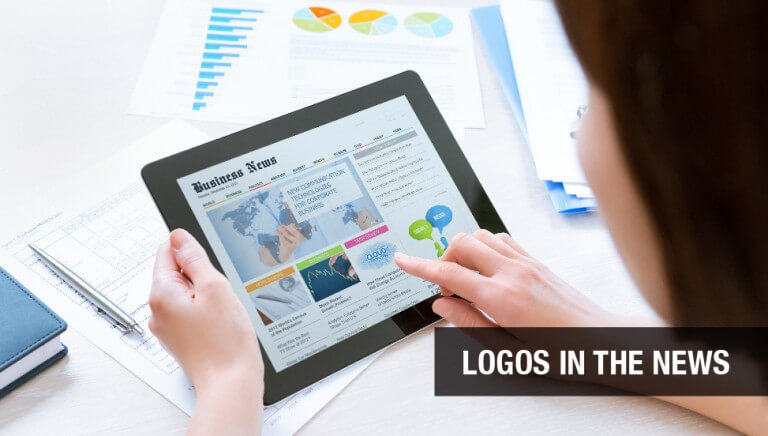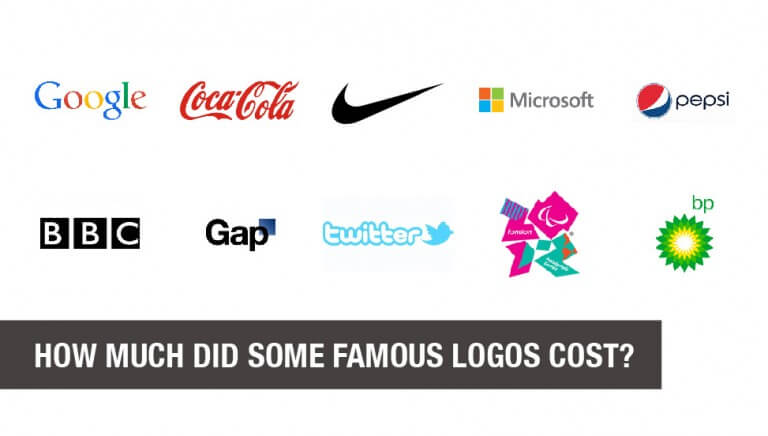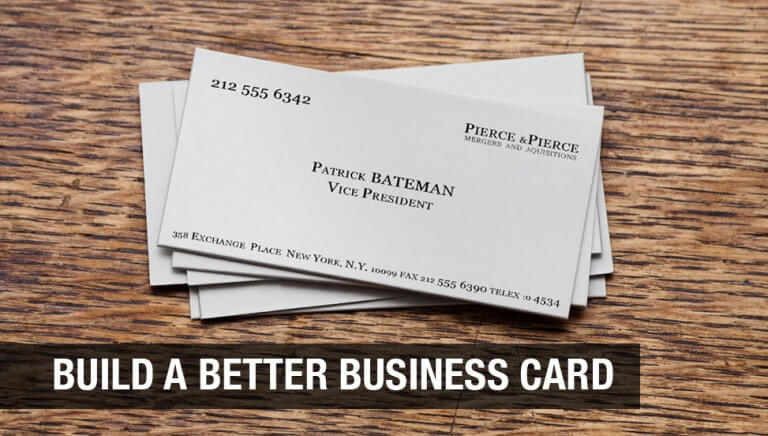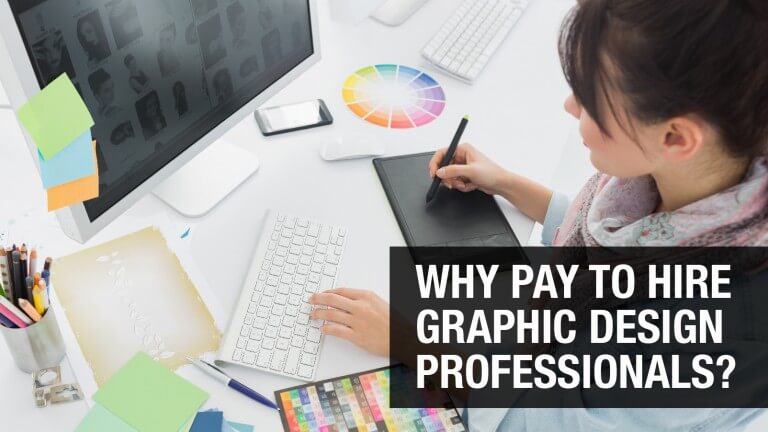Graphic Design is akin to a delicate ecosystem, where every piece and every element, no matter how insignificant it may seem, plays a critical role in ensuring the success of the final product. This means that each aspect of the design needs to be well-thought out and must have a pre-determined purpose.
Why are fonts important?
The font you choose to represent your brand speaks volumes about your company. A font can be classic, strong, contemporary and can convey any range of emotions. Whichever font you pick will be invariably linked with your company for a long time so make sure the font you use is readable, expressive and creates the right kind of impression.
Using the chosen font throughout your collateral will add a cohesive element to your branding, and will strengthen the unity of your brand. You also need to choose a font that will “agree” with internet browsers, as the wrong font will not display the text properly and appear as a series of meaningless code. This not only creates a nightmare scenario for designers and developers but makes your company look highly unprofessional.
Why are icons important?
Icons are visual representations of universal concepts. They are simple images that are easy to interpret and provide a visual reference to the reader for the content that follows. For instance, if you are creating a page with information about the different services you offer , by pairing each service with a simple icon, customers can identify what they need at a glance rather than having to look through and read each heading. Effective use of icons at pivotal points in your collateral provide structure to the layout and guide the reader to their goals. The easier you make it for consumers to navigate your website the better the impression they will have of your company.
Why is imagery important?
Images are the most expressive element of graphic design and therefore require the most time and effort to get right. The perfect image not only makes a page more attractive but can accentuate the content that it accompanies. Images provide a way for designers to convey complex ideas in a simple fashion, they break up the monotony of text-heavy pages, suggest themes and emotions that affect consumer perceptions and add personality to your brand.
Why is layout important?
The layout is an often criminally overlooked aspect of graphic design. In essence, layout is the foundation on which all other elements are built. The purpose of a layout is to guide the reader through content in a natural and unassuming manner. It provides atmosphere to the “story” the content is trying to tell and makes it easy for a reader to skim a page or deep dive as necessary. A well-executed layout draws the reader in and keeps them informed and engaged.
Why are color palettes important?
Color, more than any other element, is the one aspect that is most closely associated with a company’s identity. What is Coca Cola without the red and white? Would McDonald’s be McDonald’s in any other color than red and yellow? The importance of color choice cannot be underestimated. There is a reason that so many studies exist detailing the psychological effects that colors have on people’s perceptions. Simply put, colors evoke raw emotions. A well-developed color palette strengthens the emotional connection between your brand and consumers. By developing that connection, your company can lay claim to a particular color scheme, bringing untold value to your brand.
There are many arenas of graphic design, which can be broken down into categories and sub categories:
Commercial Print Designer:
Commercial print designers specialize in producing printed items. They require the skills of a layout designer, illustrator, creative typographer and color designer. They create brochures, business cards, flyers, banners, postcards, tickets, tarpaulins, etc., right down to wedding invitations.
Publication Designer:
Publication designers are responsible for producing larger brochures, magazines, comic books and books, and their specialty is to design around words. They are highly specialized in creative typography and illustration and produce high quality niche designs.
Multimedia Designers:
Multimedia designers are another niche graphic design profession, and hone their skills on animation, video editing, digital media, visual effects, motion design, and mixed media graphics. These graphic design professionals have a great eye for detail, and are versed in a wide range of skills including illustration, design, font design, and motion layout.
Marketing Designers:
Marketing designers focus on advertising. They require the skills of a layout designer, illustrator, creative typographer and color designer to create marketing collateral and marketing campaigns. These graphic designers assist clients in company image and brand development.
The skills required to support all these different graphic design functions are:
Layout Designer:
Specializes in making sure the visual appeal and flow of the media is optimized and draws in users. They create the structure for the content and dictate the restrictions in size and placement.
Illustrators:
Specializes in creating new and custom drawings for content for graphic design. They range from sketches, icons, caricatures, vectors – anything unique that is needed to augment the design. They are highly skilled in artistic interpretation.
Expressive or Creative Typographers:
All content needs words or text and typographers create the fonts for those words. These graphic designers are specialists in hand written or digitally created fonts and turn words into an art form.
Colour Designer:
These colour consultants understand colour and can advise on the mood, effect, expression and impression of colour in a design.
Manipulation or Optimizing Designers:
These are specialists in manipulating images, such as hue evaluation and airbrushing, to make sure the images used are at their most effective.
Digital or Flash Designer:
These graphic designers specialize in digital design, such as websites, banners, and web advertising.
Graphic designers can be specialized into one niche or can be skilled across a number of disciplines. The key is that they are focused, driven, skilled and educated, and can understand what you want in your company brand.

